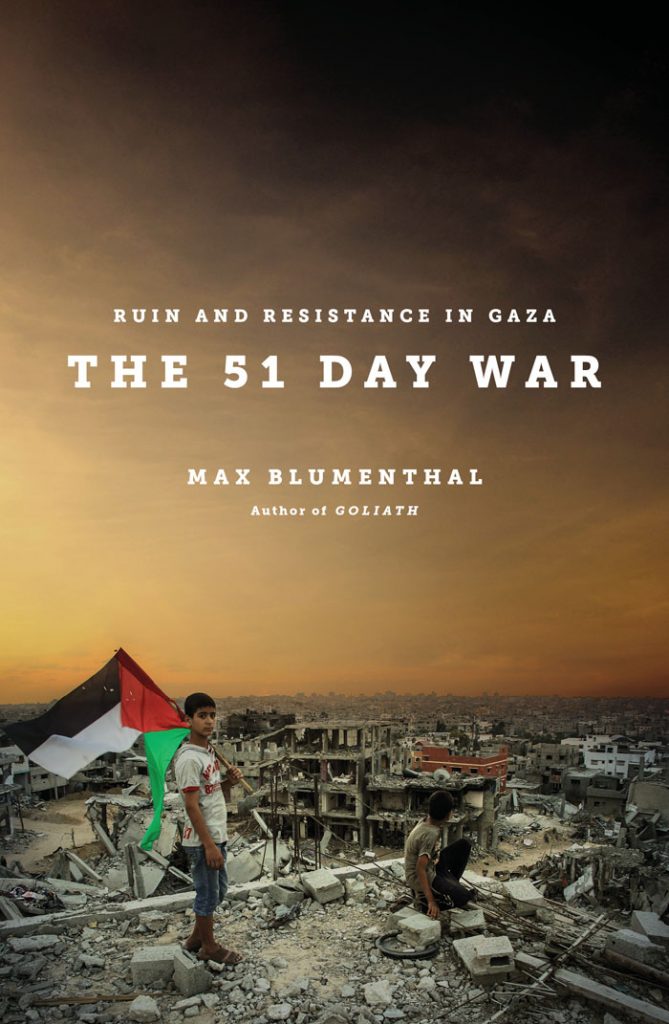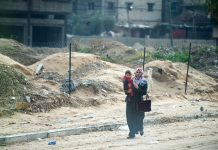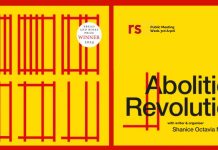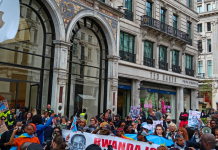Sylvia Cooke reviews Max Blumenthal’s The 51 Day War: Ruin and Resistance in Gaza (Verso, £14.99 – currently £10.49 including shipping from the Verso website).

This is an important read, especially for those who do not follow the day-to-day details of Israel´s occupation of Palestine and the resistance to it.
Written in a racy and engaging style, Blumenthal’s book includes many heart-wrenching interviews with Palestinians made during the third Israeli onslaught on the besieged Gaza Strip in the summer of 2014.
Blumenthal takes us, in meticulously documented detail, through the events in the West Bank that provoked the attack – the kidnap of the three teenagers and the orchestrated response by Israel, which continued for days after it was known that the boys were dead.
 He documents the hysteria in Israeli society – notably the football crowds chants “goodnight left side”, echoing the European far right, and the attacks on the Palestinian Knesset member Haneen Zoabi and on the journalist Gideon Levy from the liberal Israeli paper Haaretz – two very rare Israeli voices of protest.
He documents the hysteria in Israeli society – notably the football crowds chants “goodnight left side”, echoing the European far right, and the attacks on the Palestinian Knesset member Haneen Zoabi and on the journalist Gideon Levy from the liberal Israeli paper Haaretz – two very rare Israeli voices of protest.
The statistics are gruesome – by 10 August 2014 Israel had dropped nearly 20,000 tons of explosives on Gaza, whereas the home-made rockets sent by Hamas and other fighters were the equivalent of just twelve of those missiles. The US-funded Iron Dome ensured that Israeli civilian casualties were minimal. In fact the only Israelis at serious risk were the Bedouin living in “unrecognised” communities near the Gaza border with no access to water or electricity, never mind the protection of Iron Dome.
Israel fired something like 4 million bullets in Gaza that summer – more than two for each Gazan.
The attempts at ceasefires and negotiations are revealing. Mahmoud Abbas, president of the Palestinian National Authority, is in the hands of Egypt´s dictator Sisi throughout. Peace agreements made after the two previous onslaughts on Gaza have not been honoured by Israel or the international community, and reconstruction has barely started in Gaza even now, as it faces a second hard winter.
The real strength of the book lies in its reportage and interviews with survivors and participants. Blumenthal goes out on one of the first fishing expeditions from Gaza after the fishing limit was supposedly extended following the ceasefire. The ship owner is hopeful, but returns in despair with few fish – as always, he is turned back by Israeli gunboats.
A post-war section deals with a Gazan academic on tour in the US who is astonished to meet Jews who are supporters of the Palestinian struggle. Palestinians, and Gazans in particular, only meet Jews at the other end of a gun, or arresting their children in the dead of night. The Zionist story of the “Jewish state” of Israel has many consequences, one of which is the fanning of religious intolerance.
Descriptions of whole families massacred and executions are harrowing, but fit into a carefully crafted narrative of events. Netanyahu’s actions are shown in the context of domestic public opinion, which is braying for the total annihilation of Gaza with any accidental survivors to be relocated in the Egyptian desert.
In the end, a ceasefire prevailed, but nobody expects that to be the last attack. As I write, Palestine is back in the news, with mass demonstrations across the West Bank. The heroic acts of resistance to the Occupation and the pathetic death-agonies of the “two state solution” make our task in the rest of the world even more urgent.
This book is essential reading for anyone interested in Palestine or in struggles against imperialism.



















[…] Source: Gaza 2014: Israeli barbarity and Palestinian resistance […]